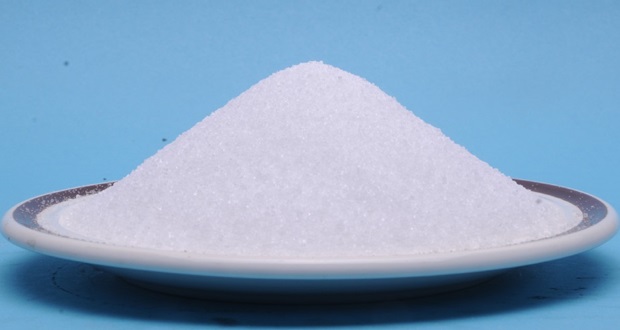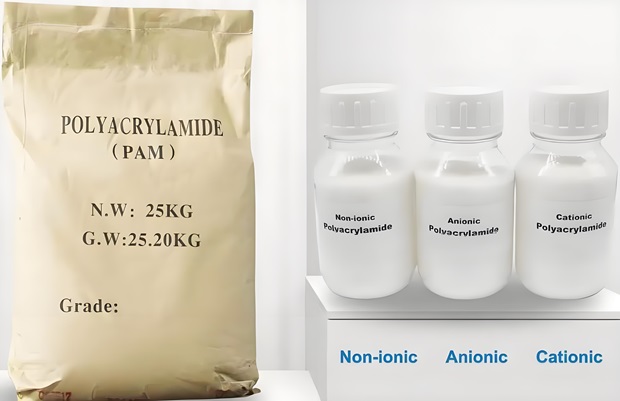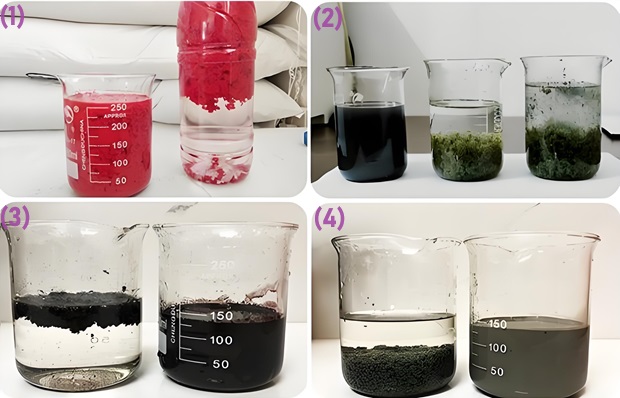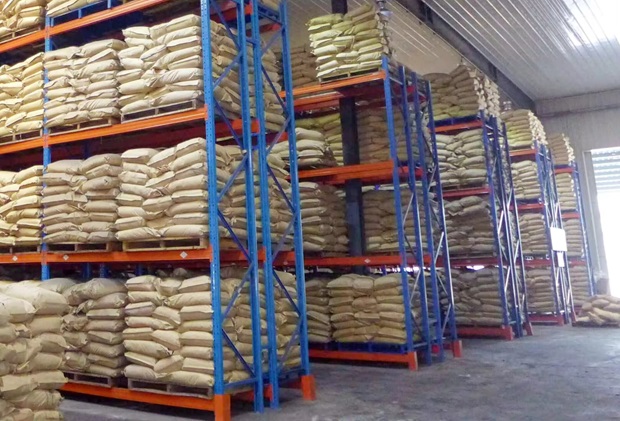What is Polyacrylamide?

The sample of polyacrylamide (PMA) granular particles.
Polyacrylamide, often abbreviated as PAM, is a synthetic polymer that is widely used in the treatment of potable water, wastewater, and reclaimed water. It is formed from the monomer acrylamide and can be synthesized to have different properties depending on the desired application. Polyacrylamide commonly appears as a white or off-white powder or granular substance. It is easily soluble in water, forming a clear or slightly opaque solution. It is a versatile chemical compound with various applications in industries such as wastewater treatment, mining, agriculture, and paper production. In water treatment, polyacrylamide is primarily utilized as a flocculant or coagulant aid to improve the efficiency of solid-liquid separation processes. Usually polyacrylamide shall be produced in accordance with a serious of international standards such as AWWA B453, NSF/ANSI 60, GB/T 31246, GB 12005.9, GB/T 17514, and EN REACH Regulations.
Three Key Types of Polyacrylamide
There are three main types of PAM used in water treatment:

Three types of polyacrylamide (PAM) for water treatment: non-ionic, anionic, cationic. .
- Non-ionic Polyacrylamide: This type of PAM has no charge and is used to flocculate and clarify water by binding to organic materials and fine particles, making them easier to remove.
- Anionic Polyacrylamide: Anionic PAM has a negative charge and is effective in removing suspended solids that carry positive charges, such as those found in water contaminated with clay and silt.
- Cationic Polyacrylamide: Cationic PAM has a positive charge and is particularly effective in flocculating negatively charged particles, including those in wastewater treatment and sludge dewatering processes.
Function of PAM in Water Treatment

The flocculation and coagulation effects of polyacrylamide in the treatment of various wastewater: (1) printing and dying, (2) electroplating, (3) ink, (4) domestic.
Polyacrylamide plays a crucial role in improving the efficiency and effectiveness of water treatment processes by aiding in flocculation, clarification, and dewatering. Its versatility and compatibility make it a valuable tool for addressing a wide range of water quality challenges in various industrial and municipal settings.
- Flocculation and Coagulation: Polyacrylamide works by forming large molecular chains when dissolved in water. These chains can bind together suspended particles, colloids, and other impurities in the water, causing them to aggregate into larger flocs. This process is known as flocculation. Additionally, polyacrylamide can enhance the effectiveness of traditional coagulants like aluminum sulfate or ferric chloride by aiding in the formation of larger and denser flocs.
- Clarification: By facilitating the formation of larger flocs, polyacrylamide helps clarify water by promoting the settlement or flotation of suspended solids. This is particularly important in wastewater treatment plants, where the removal of solids is essential for meeting discharge standards and protecting downstream processes.

Bag-packed polyacrylamide on the shelves in the warehouse.
- Improved Dewatering: In addition to its role in flocculation, polyacrylamide can also be used to enhance the dewatering of sludge produced during water treatment. When added to sludge, polyacrylamide molecules create a network that improves the drainage and compaction of the solids, leading to increased water removal and reduced sludge volume.
- Compatibility and Safety: Polyacrylamide is compatible with a wide range of water treatment processes and can be used in conjunction with various treatment chemicals and equipment. It is generally considered safe when handled and used properly, but precautions should be taken to prevent direct contact with skin or inhalation of dust or fumes.
- Environmental Considerations: While polyacrylamide can be an effective tool for water treatment, its use should be carefully managed to minimize potential environmental impacts. Proper dosage control, monitoring, and disposal practices are essential to prevent unintended consequences such as increased turbidity or toxicity in receiving waters.